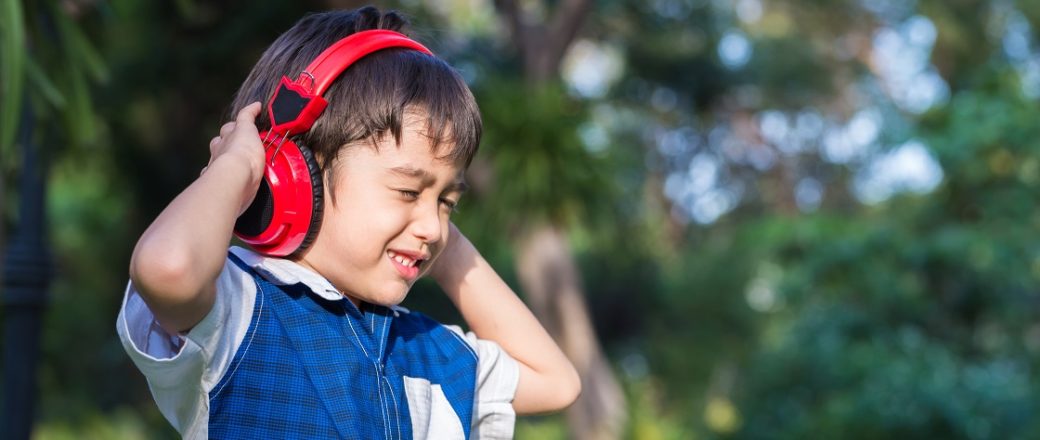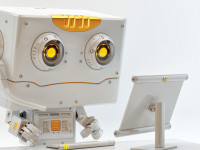We regularly touch upon the subject of kids’ interaction with new tech, but it’s a wide-ranging issue that goes far beyond basic online security protocols. With each swarm of new threats, we tend to forget about the old ones. Kids face threats coming not only from emerging technologies, but also from everyday things like media players and headphones.
The US Centers for Disease Control (CDC) researched the problem of hearing loss among adult volunteers and found that at least a quarter of respondents surveyed have hearing problems. Curiously, the majority of them were never exposed to loud noise at work, which means they their hearing loss came from their everyday lives.
Adults are not the only people exposed to unhealthy audio. Neither are the reasons limited to listening to music with headphones. However, the potential harm of headphones and earphones cannot be dismissed. Today, practically every device comes equipped with headphones. Parents buy media players, mobile phones, and portable games even for toddlers. And don’t forget the abundance of audio content online, including audiobooks, games, and cartoons.
Some parents let toddlers use devices unsupervised, without even checking the level of volume. It might seem a brilliant idea — keep the kid entertained so adults can go about their business.
However, children’s ears are much more sensitive than adults’. And small kids or elementary schoolchildren may not know or care about health volume levels. According to research presented in the Journal of the American Medical Association (JAMA), hearing loss can be evident by age 2.
That’s why it’s crucial to know what your kid is hearing. You may not like this part: Children younger than 5 should not use headphones at all. For older kids, choose special headphones that limit volume. And, of course, keep an eye (or, more accurately, an ear) on ambient conditions. Make sure your TV or audio system is not too loud — it’s quite easy to do that with help of special apps. Look for decibel meters or noise meters in the Apple App Store or Google Play. Doctors agree the safe level of noise should not exceed 80 dB. Even 5 dB higher can cause irreversible hearing damage. The probability of hearing loss progresses along with the level of volume. At 90 dB, it might take a couple of hours; at 100 dB, 15 minutes could be enough.
 Kids Safety
Kids Safety





